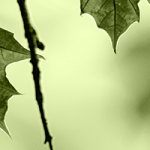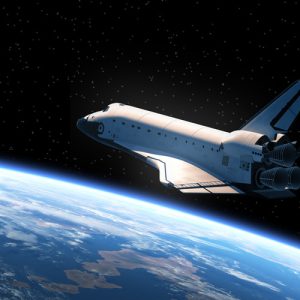In 1971, Apollo 14 was the third Moon mission of the U.S. Apollo space program, but the flight was unique in one way: tree seeds were taken on the flight to later germinate “Moon Trees”!Moon Trees came about through the work of Astronaut Stuart Roosa. Before joining the Air Force, Roosa had worked as a U.S. Forest Service smokejumper. When selected for the Apollo 14 mission, Roosa was allowed to carry approximately 500 tree seeds with him into space. Seeds were selected from loblolly pine, sycamore, sweet gum, redwood, and Douglas fir trees.
After the flight the seeds were sent to the southern Forest Service station in Gulfport, Mississippi, and to the western station in Placerville, California, with the intent to germinate them. Almost all the seeds germinated successfully, providing the Forest Service with 420 to 450 seedlings. Some seedlings were planted alongside their earth-bound counterparts, being set aside as controls. The Forest Service noted that after many years of observation there is no discernible difference between the two classes of trees.
Many of the “Moon trees” were given away to state forestry organizations to be planted as part of the nation’s bicentennial celebration. Mississippi State University in Starkville was a recipient and proudly displays its sycamore Moon Tree. American Heritage Trees visited MSU in October 2014 and worked with MSU staff to collect seeds from this tree.

Visit Mississippi State University and see their beautiful campus and see this moon tree.


